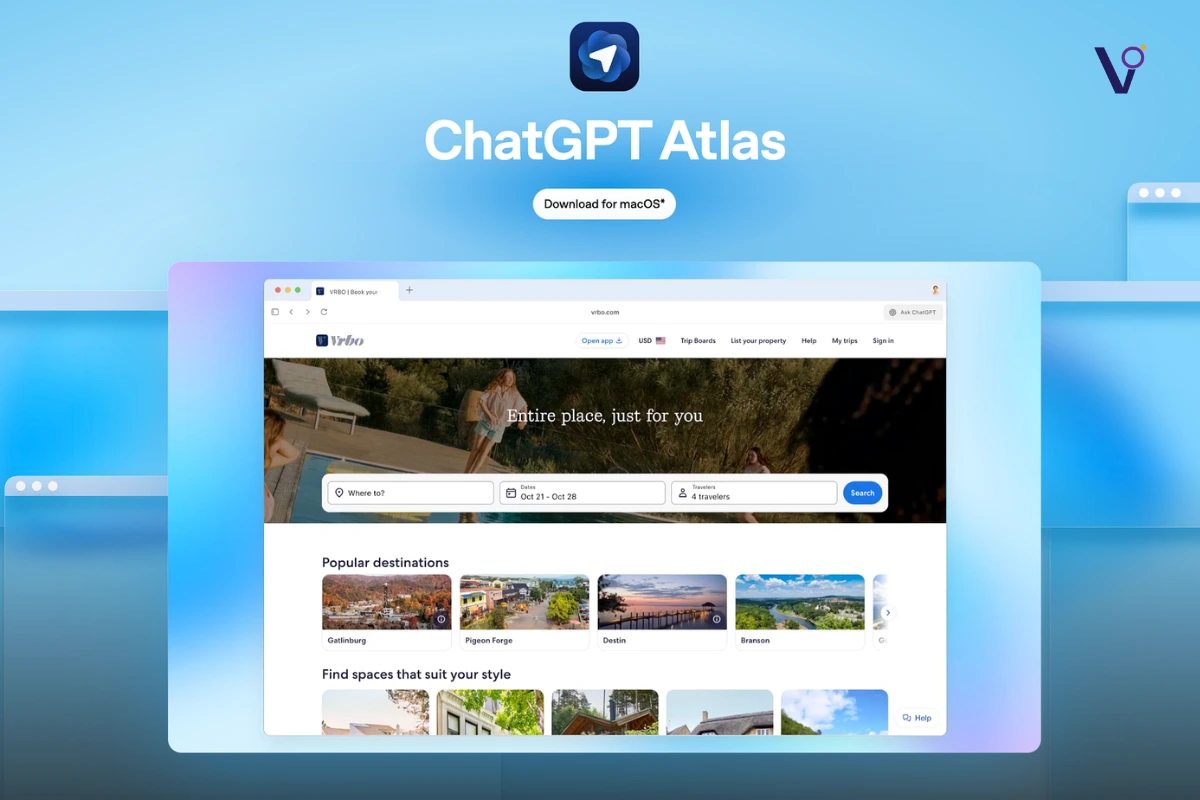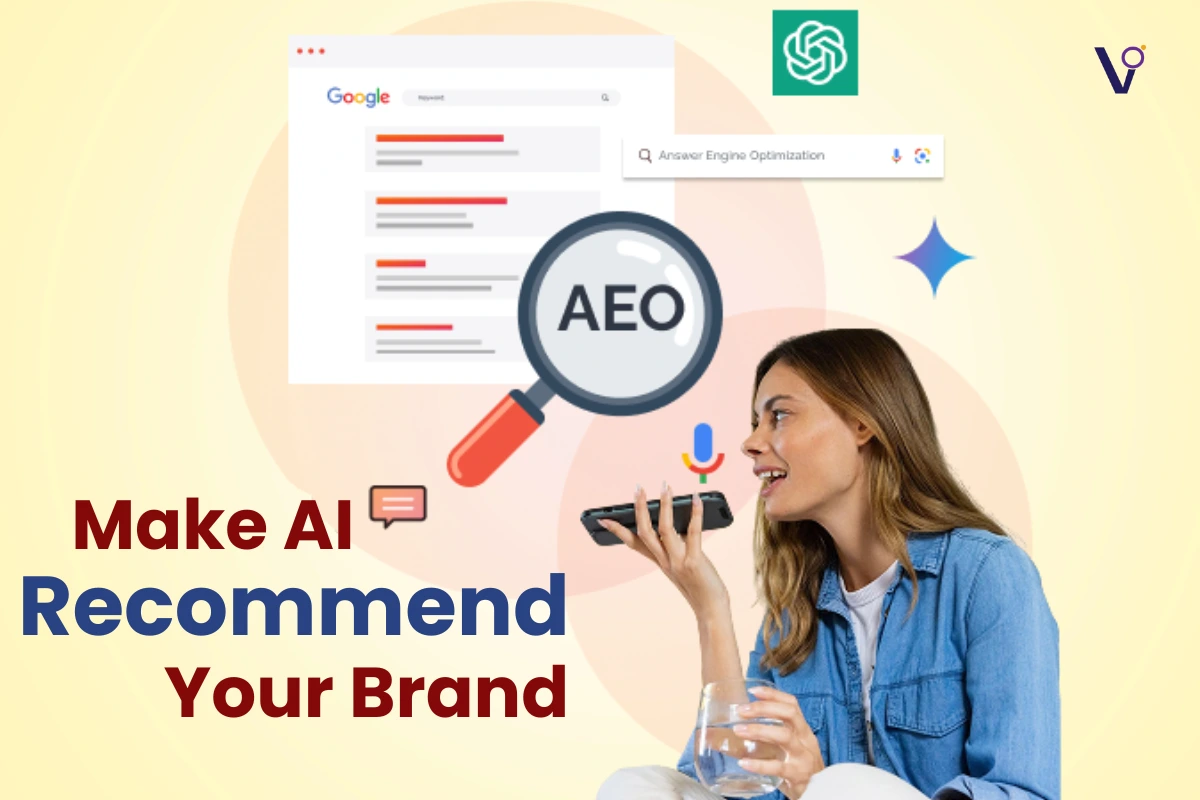We all want to find a way to market without going harsh on our budget. User-generated content, also known as UGC, can help you achieve that.
UGC in Social Media Marketing
When you’re marketing, word-of-mouth for your brand is highly needed. Various methods, including paid advertising and hosting events, can prove costly and time-consuming. However, a more forceful way of advertising any brand would be user-generated content.
UGC is a creative work of actual people. They can be your customers, fans, or social media users who love your product. It typically includes images, videos, and reviews, not produced to professional quality. This authenticity, the ability to relate to it, and its unstaged nature do particularly well with audiences. Especially younger consumers, they tend to identify overly polished ads as overly staged. They want to find something that they can relate to, which comes from UGC.
The younger audience can see through your social media marketing campaigns, they don’t trust the brand message of a brand that easily. The penetration of social media and the growing clamor for authenticity may make user-generated content one of the most treasured marketing assets—content that can be reused by brands through permission from customers to deliver even more authentic and impactful campaigns.
UGC works exactly like word-of-mouth recommendation and creates trust as well as belief in the recommended product. Therefore, the social media strategy would definitely work to their advantage, saving on budget while achieving success.
Further, if you want to know what is UGC and why it matters, head here.
UGC Content Marketing vs. Traditional Marketing
Since user-generated content continues to explode online, numerous brands are finally looking at the ways in which they can rethink traditional marketing approaches.
As the name suggests, traditional marketing strategy has been getting practiced for a long time. It basically involves in-house content produced by a marketing team. The content is not attributed to any particular person. It is usually created by a team of professional photographers, designers, or copywriters. This method has dramatically proved very effective over the years, but with social media fast becoming the most dominant form of interaction, it has lost most of its edge.

There are several reasons traditional advertising is falling. They are not personal and can’t be anything closer to something your audience can relate to. They just tend to scare consumers into losing their trust in big company voices. At the same time, they are more likely to trust the view of someone just like them. They trust a person taking a photo or video in a relaxed environment away from all the professional lights and video scripts.
This is where UGC content marketing steps in. Everything traditional marketing strategies cannot give to a customer, UGC content does. Consumers trust content created by people who are just like them. The celebrity influencer is by no means the most trusted source and will typically charge an extremely premium price for their content. These factors make UGC an expensive marketing tool.
Types of User-generated content
There are multiple types of user-generated content, and each one has different opportunities for a brand to engage with its audience. Here are the most common ones:
- Product Ratings and Reviews: Customers’ reviews and ratings build trust and give social proof to potential buyers.
- Images: Photos that customers have shared, showing them using or indeed interacting with a product.
- Social Media Content: Posts, stories, comments—anything published on platforms like Instagram, Twitter, or Facebook.
- Customer Testimonials: A positive opinion or say of a customer who has had experience.
- Blog Posts: Users create content, detailed reviews or experiences, about the product they are discussing.
- Live Streams: Live video content generated by users either interacting with or talking about the product.
Examples of User-generated content
- Product Review on Website: A customer who uses your product posts a detailed review about why they love using it and the benefits they get out of using your product on your website. A review from such a customer gives the potential buyer confidence when making the purchase.
- YouTube Unboxing Video: You get a first-time order from a new customer, and he posts a video on You Tube unboxing your product and putting it to test, talking about packaging, the first impressions, etc. with its subscribers.
- Product Haul on TikTok: A customer makes a fun and engaging haul for their TikTok page featuring your products and shows how they use them around their life and why they love them.
- Live-Streamed Event Feature: The customer attends one of your live-streamed events and posts about it across social media platforms, giving their followers a glimpse into the event and encouraging them to go visit your brand.
- Q&A Forum discussion: Customers participate in a Q&A forum, talking about their experience with your services and about recommending your products to other people; this way trust is further established, encouraging new customers to give your brand a try.
These examples showcase how UGC can help your brand by gaining trust and engaging through authentic customer interactions.
6 ways to incorporate UGC into your business
These are 6 easy yet powerful ways to implement UGC in your business:

- Unboxing Videos: Encourage customers to film unboxing your products. Unboxing videos are popular and give new customers an authentic look at what to expect when they order from you.
- Show Off Customer Reviews: Use positive customer reviews in your ads or social media. It gives that real touch that proves what real people think about the product. Reviews build trust, and other people can see the value in your product.
- Customer Hauls: Request that customers share “haul” videos or posts about the products they have purchased in bulk. A fantastic way to showcase your products in action and give others ideas on what to buy next!
- Feature UGC on Packaging: Attach a QR code to your packaging that takes customers to a gallery of user-generated content. That’s a fun way for customers to see how others are using your product and may make them want to do the same.
- UCG Section on Your Website: Showcase the best customer content, whether photos, reviews, or videos, on a page or section of your website. This gives credibility and makes them feel like they are part of a community of happy users.
- Invite UGC creators During Live Events: When you host live-streamed events, encourage those attending to share their experience on social media. Show their posts in real-time during the event for them to feel connected while giving your brand more exposure.
UGC will make your audience like you, trust you, and increase the visibility of your brand!
This can vary by industry, but customer reviews, product photos, and unboxing or testimonial videos tend to perform very well. The key is authenticity—showcasing real customers sharing their experiences.
Kickstart your UGC journey by crafting a catchy hashtag and inviting customers to share their experiences. Offer fun perks like discounts or shoutouts for awesome reviews, photos, or unboxing videos. Repost their content, sprinkle it in emails, ads, and your site—it’s a win-win for building brand love and trust!
Engagement metrics in the form of likes, shares, comments, and click-through rates are followed to track the effectiveness of UGC. You may track conversion rates to know whether UGC indeed contributes more to sales.
Absolutely! UGC enhances your brand’s reputation by providing social proof. When potential customers see real people enjoying your products, they’re more likely to trust your brand. They don’t trust your brand message.



